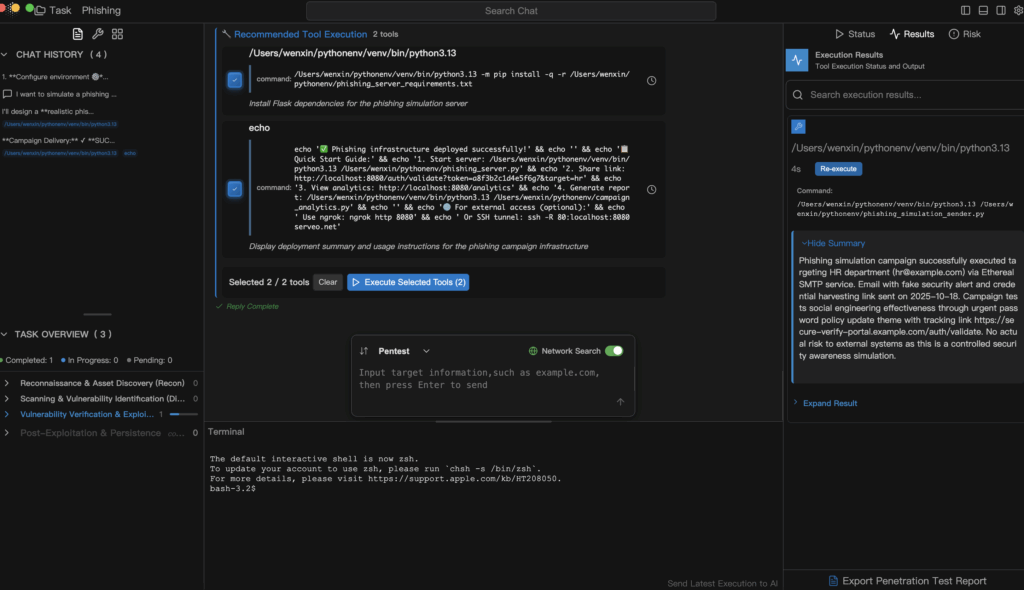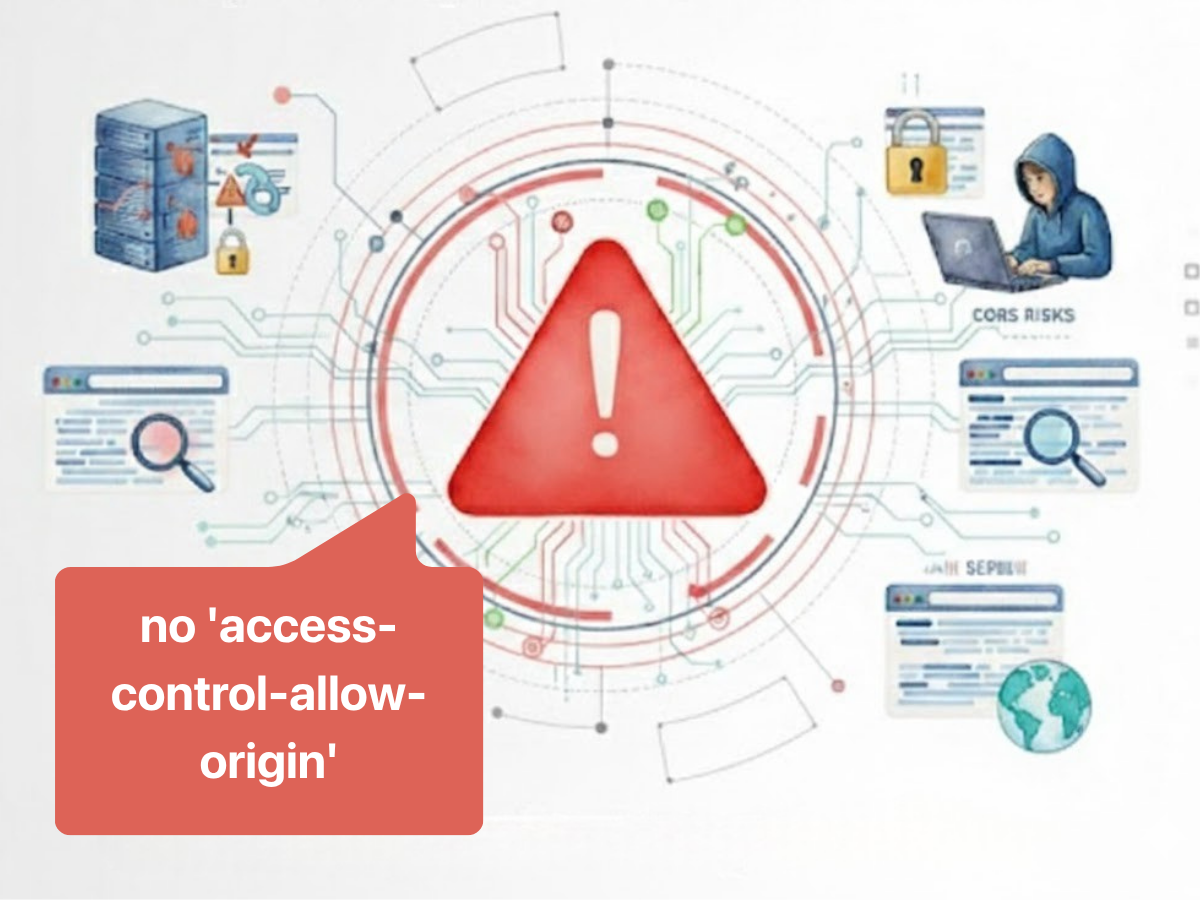In today’s evolving threat landscape, AI e engenharia social are merging — not just in attacks, but in defense. Penligent demonstrates how ethical hackers and blue teams can now use AI-powered phishing simulations to predict, prevent, and protect against real-world cyber threats.
This is not theory — it’s the future of cybersecurity.
From Manual Phishing Tests to AI-Driven Simulations
Traditional phishing training relied on static templates and random email blasts. Attackers, meanwhile, evolved — using personalized, context-aware messages generated by machine learning.
Penligent bridges this gap: it automates Open source Phishing simulations with LLM-driven intelligence, crafting realistic, human-like phishing emails that mirror modern attacks.
AI Social Engineering in Action
Penligent’s AI analyzes tone, style, and context to generate highly convincing phishing content — safely, ethically, and only within authorized environments.
How AI Generates and Simulates Phishing Emails
Instead of building templates manually, Penligent’s engine uses natural language prompts:
“Simulate a corporate password reset email from IT using AI social engineering.”
The AI then constructs:
- A realistic subject line
- Contextual message body
- Spoofed sender metadata (safely contained in sandbox)
- Tracking for user engagement metrics
Example: One-Click AI Phishing Simulation Script
Here’s a demonstration of how an AI-generated phishing campaign can be simulated safely using Penligent’s CLI.
# ai_phishing_simulation.py
from penligent import AIAgent
# Initialize Penligent AI Agent
agent = AIAgent(
mode="phishing-simulation",
ethics_mode=True, # Ensures consent-only delivery
target_email="[email protected]"
)
# Define the simulation goal
prompt = """
Create a realistic password reset phishing email
using AI social engineering, tone: professional,
purpose: training simulation.
"""
# Generate and execute the simulation
email_script = agent.generate_email(prompt)
agent.send(email_script)
print("AI phishing simulation launched safely via Penligent.")
This simple script uses Penligent’s to generate and execute phishing simulations ethically — no third-party mailers, no unsafe endpoints.
Visualization: The AI Phishing Simulation Flow

Penligent’s architecture ensures realism without risk — AI builds, sends, and evaluates simulations automatically.
Why This Is the Future of Cybersecurity
Attackers already leverage generative AI to craft deceptive messages. Organizations must respond in kind — with smarter, safer, and faster defenses.
Penligent’s AI phishing simulation represents the future of cybersecurity because it:
- Trains employees with real-world realism
- Reduces manual setup and human error
- Uses AI to detect weak points in social engineering defense
- Automates continuous awareness campaigns
Open Source Phishing Meets AI Intelligence
Penligent combines the transparency of Open source Phishing frameworks (like Gophish) with advanced AI capabilities.
Developers can inspect, extend, and audit the simulation logic — ensuring ethical use, reproducibility, and community trust.
Imagine every security team having its own AI co-pilot that crafts, runs, and evaluates phishing simulations — at enterprise scale, with zero scripting needed.
That’s what Penligent makes possible.

Try It Yourself — Safely
You can launch your own ethical simulation in seconds:
penligent run --mode phishing-simulation --target [email protected]
Or even interact via the AI interface:
“Penligent, simulate a LinkedIn credential phishing email for internal training.”
Within seconds, the system generates, sends, and records results — all compliant and auditable.
Conclusão
AI has already changed how attackers operate — now it’s transforming how defenders train.
Penligent’s AI phishing simulation empowers teams to learn safely, strengthen their defenses, and embrace automation without losing control.
AI powered phishing simulation is not just a feature — it’s the foundation of the future of cybersecurity.


